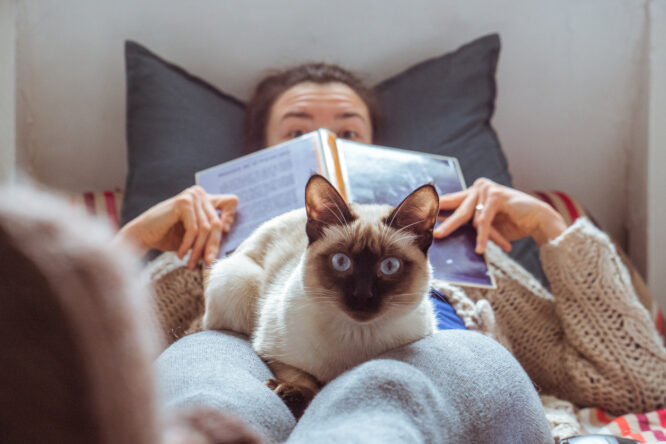They might be beautiful, but lilies are one of the most dangerous flowers you can bring into a home with cats.
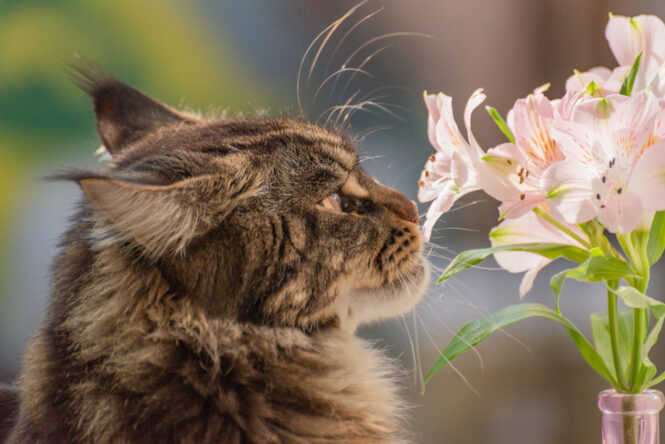
They don’t just cause mild allergies or a bit of an upset stomach—we’re talking full-on medical emergencies. A lot of cat owners have no idea just how toxic these flowers are, and unfortunately, it’s often only discovered after it’s too late. Here are 12 must-know facts about lilies that could genuinely save your cat’s life.
1. Every part of the lily is toxic

It’s not just the petals or the pollen—it’s the whole plant. Leaves, stems, flowers, even the water in the vase can be enough to make a cat seriously ill. That means no part of the lily is safe around cats, even if they’re not munching on the blooms directly. Cats don’t need to eat much to get sick. In some cases, just brushing against the plant and grooming the pollen off their fur can be enough to trigger a reaction. It really is that intense.
2. Not all lilies are equally dangerous.
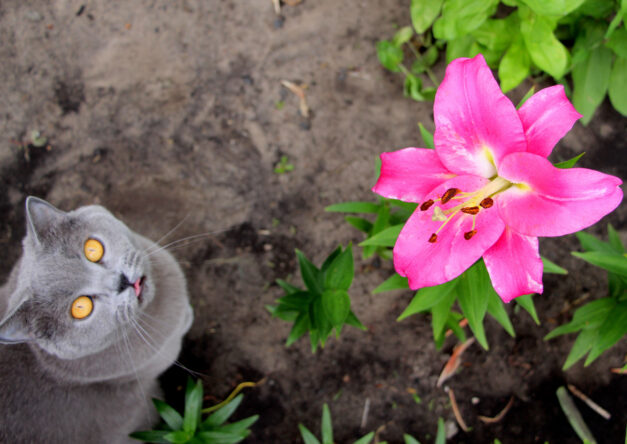
True lilies—like Easter lilies, Asiatic lilies, tiger lilies, and daylilies—are the most toxic. These are the ones that can cause kidney failure. Others like peace lilies and calla lilies are still irritating, but they don’t carry the same deadly risk. That said, it’s not worth playing flower roulette. If the label says “lily,” it’s safest to just steer clear. The difference between a mild reaction and a medical emergency isn’t always obvious until it’s too late.
3. Symptoms can show up fast.
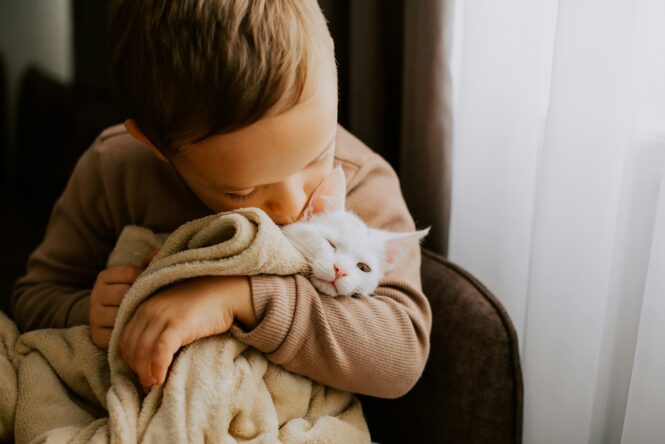
After exposure, signs of lily poisoning can start within a few hours—vomiting, drooling, lethargy, or refusal to eat are all early warning signs. These symptoms might seem subtle at first, but they can escalate quickly. By the time your cat seems properly unwell, the kidneys could already be under serious stress. The faster you act, the better the chance of recovery—and with lilies, time really is everything.
4. Kidney failure is the real danger.

Lily toxicity in cats doesn’t just make them feel sick—it can cause full-blown kidney failure within 24 to 72 hours. Once that damage starts, it’s incredibly hard to reverse and often leads to permanent injury or death. Even with vet treatment, the outcome depends on how quickly it’s caught. This is why vets treat lily exposure as a full-on emergency. There’s no safe window to wait and see.
5. There’s no home remedy that works.
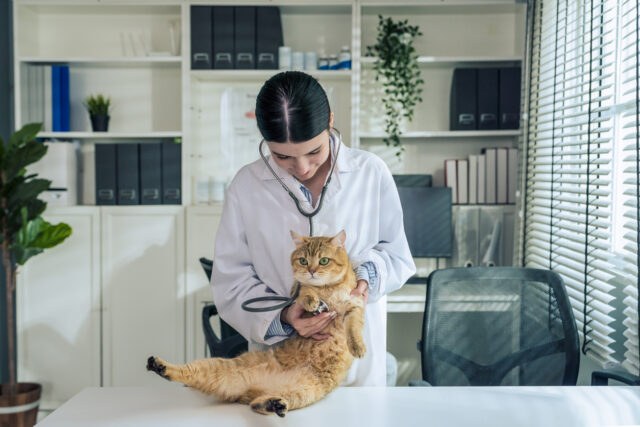
Giving your cat milk, trying to make them vomit, or hoping they sleep it off won’t help. Once lily toxins are in their system, only a vet can intervene, usually with fluids, medication, and hospital monitoring. Waiting around to see how they are later is one of the worst things you can do. If you even suspect lily exposure, it’s a get-to-the-vet-now situation. No at-home trick is going to fix this one.
6. Cats don’t need to eat much to be affected.
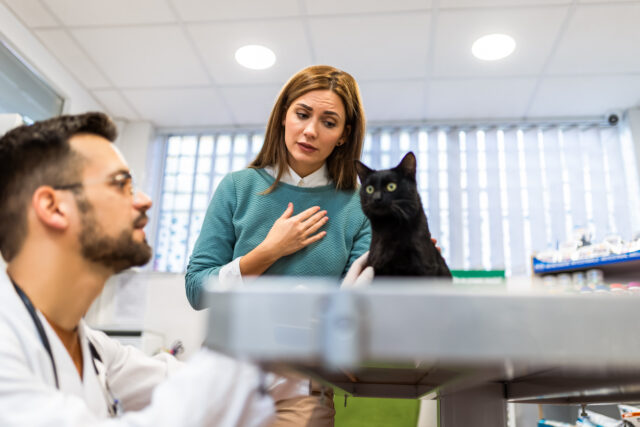
Even a tiny nibble, less than a single leaf, can be deadly. Some cats get sick just by licking pollen off their fur or drinking water from a vase that held lilies. It’s one of the reasons lilies are such a serious risk in cat homes. This makes it especially scary if you’ve got a curious kitten or a cat that likes to chew houseplants. It only takes one moment of interest to end up in a full-on emergency.
7. Indoor cats are just as vulnerable.
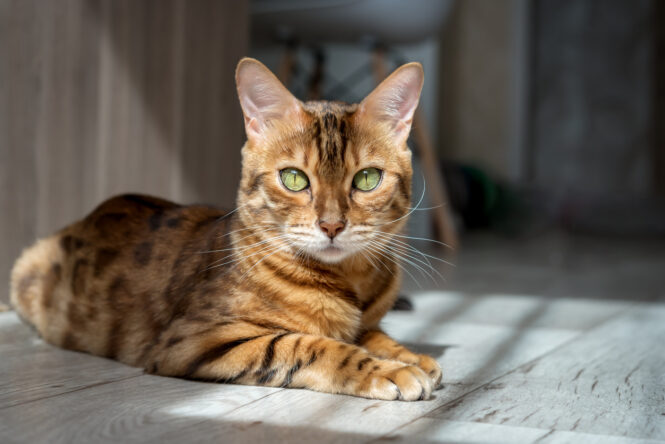
People sometimes think, “Well, my cat doesn’t go outside, so it’s fine,” but lilies are more of an indoor danger. Bouquets, floral gifts, or even garden lilies brought inside during bad weather can all be risky. In fact, indoor cats might be more likely to interact with them, since they’re often bored and curious about new things. That combination makes lilies a ticking time bomb if they’re within reach.
8. Some bouquets sneak lilies in.
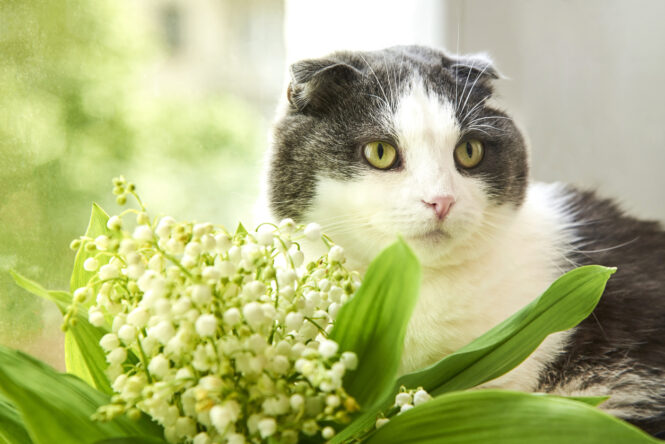
Just because the bouquet doesn’t scream “lily” doesn’t mean one isn’t tucked in there. Florists often mix lilies with other flowers, and unless you know what to look for, it’s easy to miss until it’s too late. If you’re receiving flowers or picking up a bunch for yourself, check the label carefully. If there’s any doubt, don’t bring them into the house because even one stem can be too much.
9. Vets take this extremely seriously.
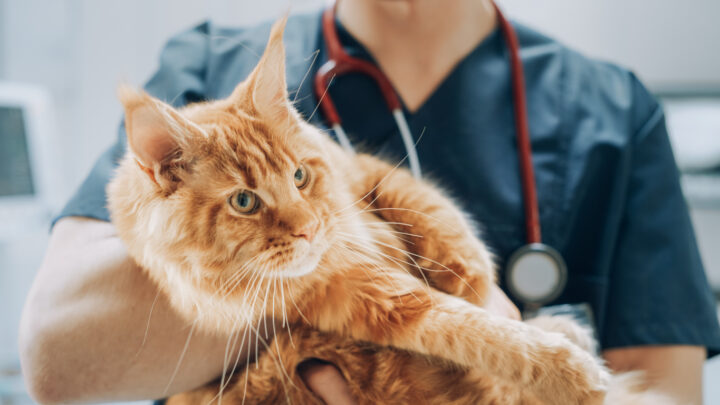
If you ever call a vet and say, “My cat might’ve eaten a lily,” they won’t hesitate. Most clinics treat it as an emergency and will tell you to come in even if your cat seems fine. This isn’t being overdramatic; it’s from experience. Vets have seen how quickly lily poisoning can spiral, and they act fast because they know it’s often the only chance to avoid irreversible damage.
10. Treatment is time-sensitive and expensive.
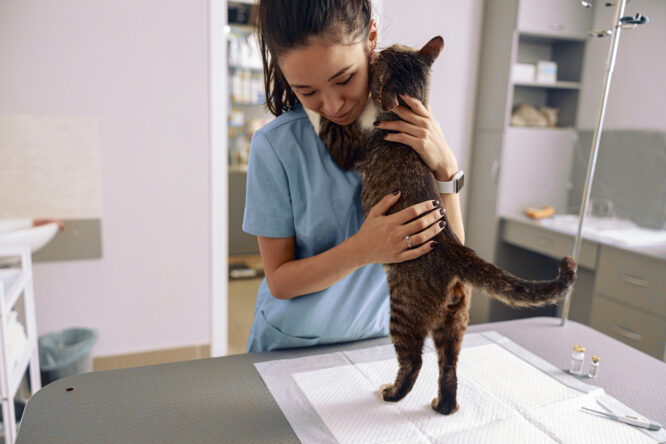
Lily toxicity usually means blood tests, IV fluids, and 48–72 hours of hospital care to try to protect the kidneys. It’s not a quick fix, and it’s definitely not cheap. That’s why prevention matters so much. Keeping lilies out of your home entirely isn’t just the safest move for your cat—it’s also the easiest way to avoid a stressful, heartbreaking, and costly emergency.
11. There are safer flower options.
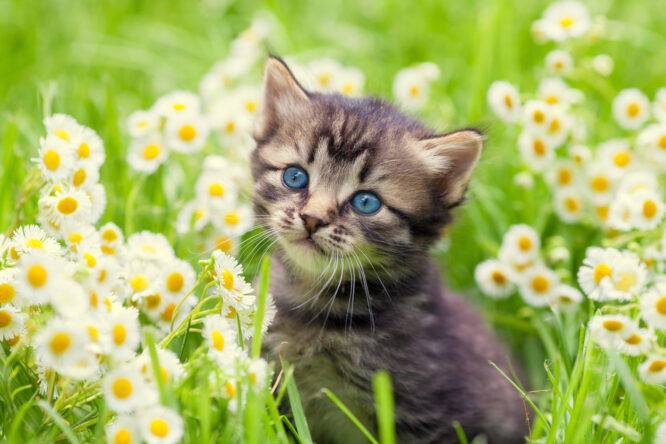
If you love having flowers around the house, you don’t have to give up on the idea completely. Roses, sunflowers, gerberas, snapdragons, and orchids are all much safer choices for cat owners. It’s always worth double-checking any plant before bringing it home, but there are loads of gorgeous options that won’t put your pet in danger. A pretty vase isn’t worth risking your cat’s life over.
12. Most people genuinely don’t know.

The scariest thing about lily toxicity is how under-discussed it is. So many well-meaning cat owners have no idea how serious it is until they’re sitting in a vet waiting room, scared and confused. Sharing this information, even casually with friends or family, can actually make a difference. It might seem dramatic to avoid one flower, but if you love your cat, it’s a no-brainer.


